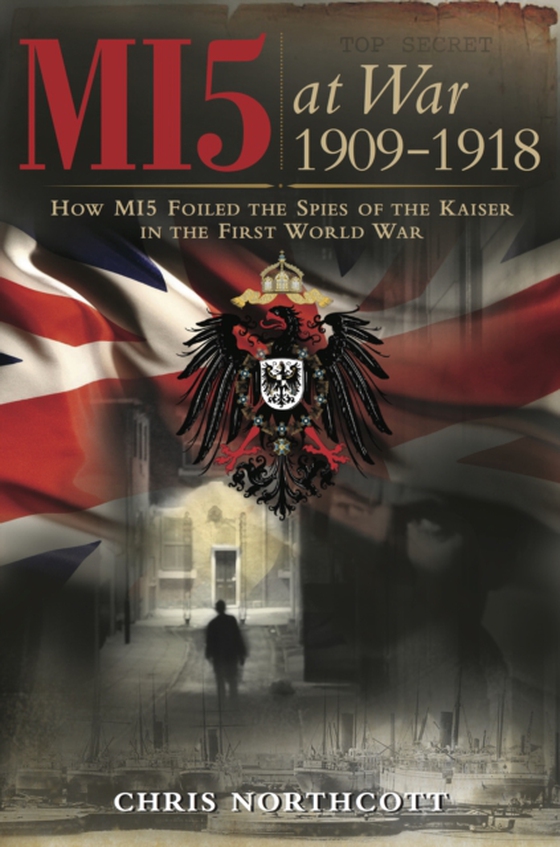
MI5 at War 1909-1918 e-bog
84,99 DKK
(inkl. moms 106,24 DKK)
The years 1909-1918 can be regarded as formative for MI5, an era in which it developed from a small counterespionage bureau into an established security intelligence agency. MI5 had two main roles during this period; counterespionage, and advising the War Office on how to deal with the police and the civilian population, particularly foreign nationals in Britain.Using hitherto neglected documen...
E-bog
84,99 DKK
Forlag
Tattered Flag
Udgivet
19 juni 2015
Længde
300 sider
Genrer
1DBK
Sprog
English
Format
pdf
Beskyttelse
LCP
ISBN
9780957689299
The years 1909-1918 can be regarded as formative for MI5, an era in which it developed from a small counterespionage bureau into an established security intelligence agency. MI5 had two main roles during this period; counterespionage, and advising the War Office on how to deal with the police and the civilian population, particularly foreign nationals in Britain.Using hitherto neglected documents from official archives, this study examines how MI5 foiled the spies of the Kaiser during the First World War, paying particular attention to the preventive measures the organization instituted to ‘frustrate’ espionage and how its investigations to ‘cure’ espionage were conducted. In so doing, intelligence specialist, Chris Northcott, also delivers an appreciation of how MI5 saw its work as being divided between preventive measures and investigative work, providing an informative and intriguing insight into MI5’s development during its first ten years.MI5 began as a one-man affair in 1909, tasked with the limited remit of ascertaining the extent of German espionage in Britain amidst an uncertain future. By the armistice MI5’s role had expanded considerably and it had begun to develop into an established security intelligence agency, with hundreds of personnel spread over six branches covering the investigation of espionage, records, ports and travelers and alien workers at home and overseas.This book offers an original and important contribution to our knowledge of the origins of Britain’s security services. In using the example of MI5’s contest against German spies during the First World War era, it forms a groundbreaking study of counterespionage strategy and tactics, and it poses the stimulating question of ‘how to measure’ the effectiveness of a counterespionage agency. It also sets out probably the most detailed description of MI5’s organizational structure available.
 Dansk
Dansk

